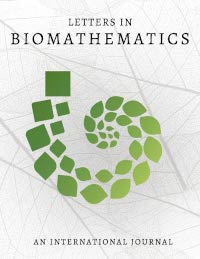Comparison of Screening for Methicillin-Resistant Staphylococcus Aureus at Hospital Admission and Discharge
DOI:
https://doi.org/10.30707/LiB8.1.1647878866.073232Keywords:
MRSA, Screening strategies, Infection control, Search and isolation, Mathematical modelAbstract
Methicillin-resistant Staphylococcus aureus (MRSA) contributes greatly to the growing concern of antibiotic-resistant bacteria, especially given its stubborn persistence in healthcare settings. MRSA resists treatment and has colonized an estimated 2% of people worldwide. The CDC reports MRSA prevalence as high as 25–50% in countries like the U.K. and the U.S. Given its resistant nature—it evolves to compensate antibiotic treatment—controlling MRSA levels requires precautionary and defensive measures. This study examines the "search and isolation" approach, which seeks to isolate MRSA-positive patients in hospitals to decrease transmission. Although this strategy is straightforward, whom to screen may vary in practice. We compare screening at admission to screening at discharge, using a mathematical model whose simulations determine MRSA endemic levels in a hospital under either control measure. We found screening at discharge more effective in controlling MRSA endemicity, but at the cost of more isolated patients.
